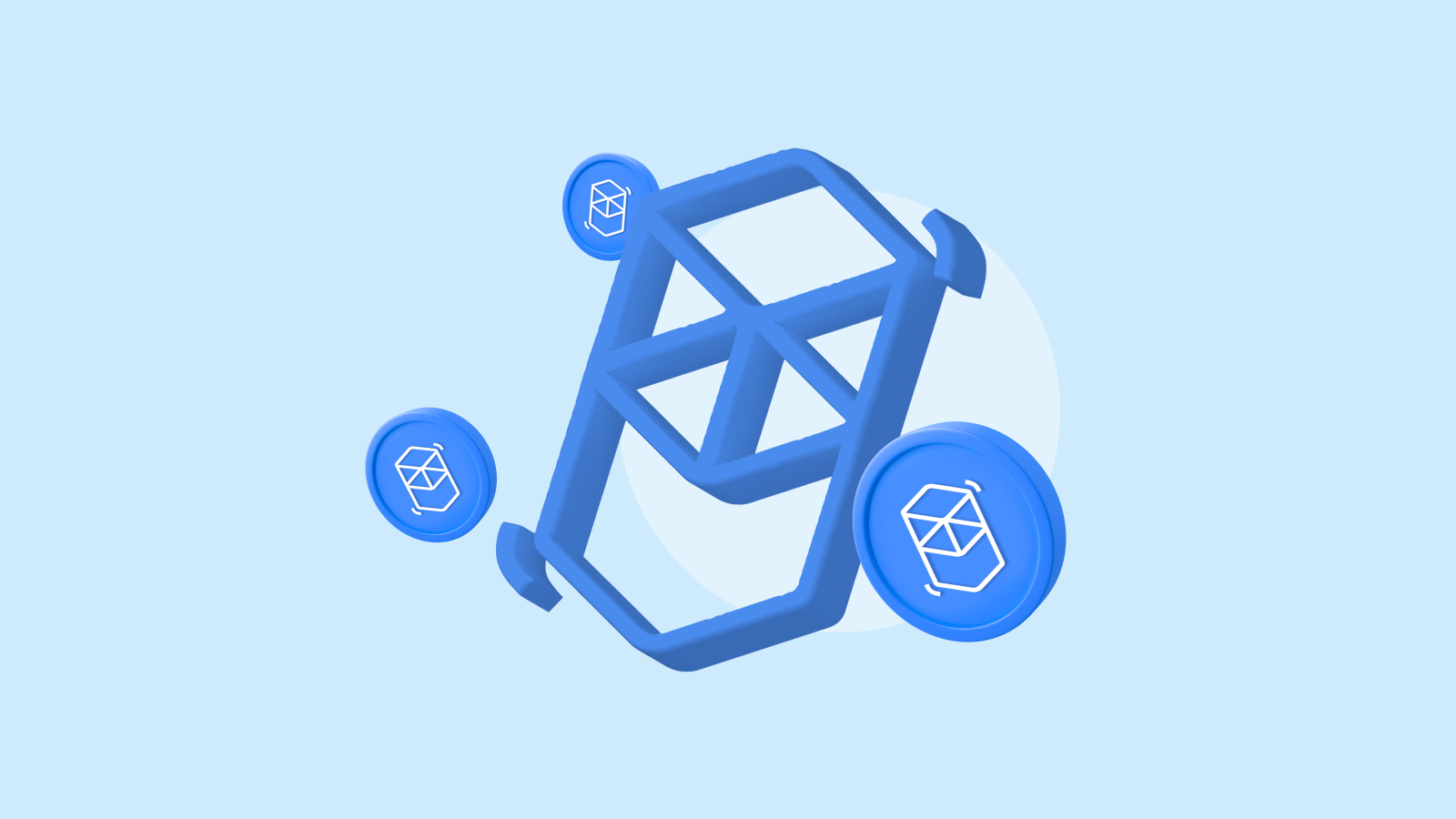What Is Fantom?
Fantom is an open-source, decentralized Layer-1 blockchain for building smart contracts and decentralized applications (dApps). Like many other projects, Fantom intends to solve the blockchain trilemma: scalability, security, and decentralization. Most blockchains suffer from this trilemma — they have to sacrifice one of their characteristics to improve others. To achieve this goal, the developers have implemented several unique technologies.
First, Fantom utilizes the directed acyclic graph (DAG) technology instead of a traditional blockchain. DAG is characterized by the fact that, unlike the blockchain, where all blocks are added sequentially, all data is added asynchronously. DAG is the next step in the evolution of blockchain, as it creates a new type of structure without blocks and intermediaries (miners). It is worth noting that Fantom also has a unique consensus algorithm called Lachesis aBFT (more about it below). This consensus algorithm allows the project to practically solve the scaling trilemma and makes the Fantom scalable, fast, secure, and cheap.
The Fantom's Team
Work on Fantom was started in 2018 by South Korean software scientist Ahn Byung Ik. He founded the company Fantom Foundation but left the project in 2019. In addition, a well-known person in the DeFi sphere — Andre Cronje (developer of Yearn.Finance), also made a significant contribution to the project’s development. At the moment, the project is governed by:
Michael Kong (CEO and CIO). He graduated from the University of Sydney with a degree in information technology. He is known for many crypto-related projects and applications and developed dApps in BLOCK8.
Quan Nguyen (CTO). He also studied at the University of Sydney, where he received his Ph.D. After that, he worked for IBM for three years and two years at the University of Sydney, after which he joined the Fantom Foundation.
How Does Fantom Work?
Fantom is an efficient, secure, and cost-effective smart contract platform. Fantom uses several technologies to solve the blockchain trilemma. Firstly, the protocol is built based on a directed acyclic graph, which provides the network with high speed since transactions are processed not gradually but in parallel. Within the DAG, each node is responsible for its own set of blocks. Moreover, unlike blockchain, DAG nodes do not check each block to achieve consensus — instead, validators only synchronize transactions at specified intervals. This is how nodes reach consensus independently of each other.
In addition, Fantom uses its own Lachesis consensus mechanism built on asynchronous Byzantine Fault Tolerance (aBFT). aBFT is the highest class among consensus mechanisms. At least according to Michael Kong’s team. It is an aBFT that can solve blockchain-related issues. In simple words, the network can remain decentralized, secure, and scalable simultaneously. In traditional BFTs, only 2 out of 3 conditions can be implemented. For example, Bitcoin has a built-in BFT in its protocol, which allows it to remain secure and decentralized, sacrificing scalability. In Fantom, you don’t have to sacrifice any of the indicators. In addition, Lachesis aBFT allows for data delay or loss — even in this case, the network will continue to work. Thanks to this, Fantom is more resistant to DDoS attacks.
Fantom dApps
The basic technology used by the Fantom platform is the decentralized Opera network. It can process transactions on a large scale at lightning speed and overtake other blockchains in terms of speed. All applications that run on the Fantom network run in a decentralized Opera development environment. Applications in Fantom run on their DAGs that use the same consensus algorithm but may have unique tokens, economics, and management rules. The Fantom network is a set of decentralized systems that work independently but at the same time constantly interact with each other.
In general, Fantom should seem familiar to Ethereum developers. Moreover, the Ethereum Virtual Machine (EVM) is supported in the ecosystem, and developers can use the Solidity programming language. As a result, Ethereum developers can easily run Ethereum applications in Fantom. Furthermore, thanks to the modular architecture of the network, the migration of dApps take only a few minutes, which significantly reduces the cost of launching new products. At the same time, smart contracts in Fantom can be made more functional than in Ethereum. Moreover, network fees usually do not exceed a cent, and the transaction speed is several thousand transactions per second.
FTM Token.png)
FRM is issued both in the main Opera network and in the Ethereum Binance Chain blockchains in the format of ERC-20 and BEP2 tokens, respectively. The maximum FTM supply is 3.175 billion, of which 2.55 billion are in circulation. FTM has several main use cases:
- Safety. Validator nodes and stakers lock FTM cryptocurrency on their accounts so that the network works. For this, they also receive rewards in the native coins of the platform.
- Payments. Both private holders and large companies can profitably use coins for transfers. Due to the high throughput, money transactions take 1 second. The average fee is $0.0000001.
- Governance. Validators and delegate stakers make decisions on changing and modifying the network. The voting is transparent. It is conducted within the network. At the same time, 1 FTM is equal to 1 vote.
- Payment of fees. Transaction fees, the launch of new protocols on top of the network, and the deployment of smart contracts are paid in native coins of the system.
In addition, FTM can be profitable to stake. To date, the platform offers up to 14% APY. Users can independently configure the period they want to lock their FTM coins.
Closing Thoughts
The Fantom ecosystem is snowballing. Dozens of decentralized applications are being created based on the network, and its compatibility with Ethereum provides prerequisites for further growth of the ecosystem. Already, more than 80 decentralized applications are deployed on Fantom. Among them are well-known platforms like Curve, 1inch, Beefy, Metamusk, Trust Wallet, and others. This, along with the technical advantages of the project and the presence of cross-chain bridges, can make Fantom one of the most popular smart contract platforms.
